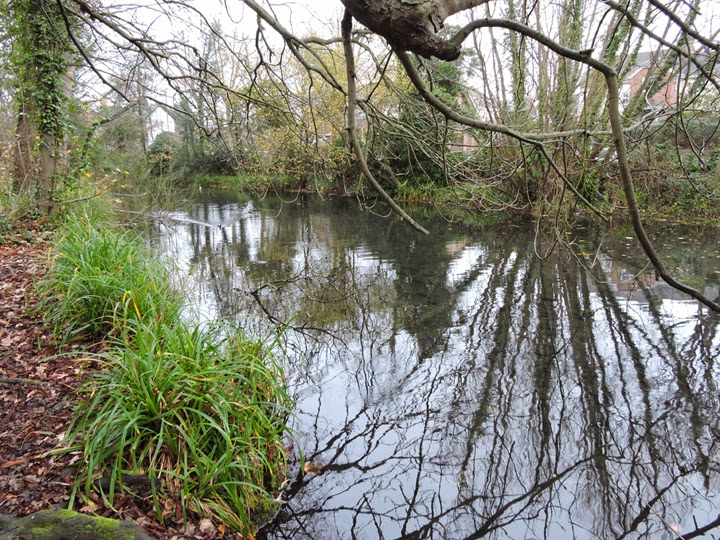Another Rambler!!
Back-to-back Ramblers! The BTO and the RSPB award medals to people for saving species from extinction and habitats from destruction, whereas Neil Randon confers greatness upon birders for writing streams of bile and opinionated poppycock... well, maybe in my case he does. The annual Randon's Ramblings Awards (click here to see the whole event) has just been announced and North Downs and Beyond was up against Wanstead Birder and The Portland Naturalist for the title of Birding Blogger of the Year. And, blow me, we won... Comiserations go to Jono and Sean, who must wonder how a bloke who hardly goes out into the field can upstage them with being awarded such a nationally prestigious award. Those envelopes stuffed with twenty pound notes that I leave for Neil in the Fisherman's Car Park at Holmethorpe may go some way to explain how these things work. Now, can I make it a hat-trick? Can I emulate the great Bayern Munich side of the mid-1970s who won three European Cups on t...












